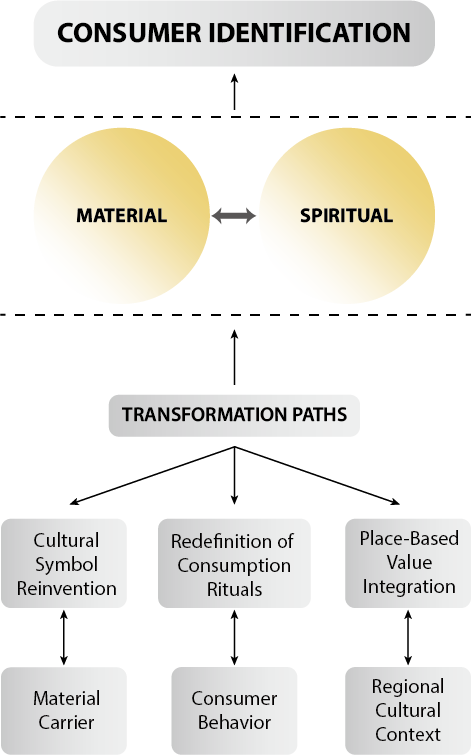Localization Marketing Strategies for Sustainable Fashion Brands in the Global Market
Keywords:
Sustainable fashion strategies, Brand localization, Cross-cultural communicationAbstract
This paper examines the strategic integration of globalization and localization in sustainable fashion branding, emphasizing the necessity of cultural adaptation, consumer behavior analysis, and digital engagement to achieve market resonance. As global consumers increasingly prioritize ethical production and ecological responsibility, brands must harmonize universal sustainability principles with region-specific cultural narratives. Through case studies of Dior, Estée Lauder, and Zara, the study highlights successes and challenges in balancing brand identity with localized strategies. Key findings reveal that cultural resonance—achieved via collaborations with local creatives, community-driven campaigns, and adaptive storytelling—enhances consumer trust and market penetration. Conversely, superficial localization efforts risk alienating audiences, underscoring the importance of deep cultural sensitivity. The analysis further identifies social media as a critical enabler for immersive, interactive communication, particularly among younger demographics. Challenges such as cultural conflicts, supply chain limitations, and local competition are addressed through solutions like co-creation frameworks, data-driven consumer insights, and participatory engagement mechanisms. The paper concludes that sustainable fashion brands must leverage technology, cross-sector partnerships, and transparent narratives to foster long-term growth while maintaining alignment with both global values and localized expectations.





